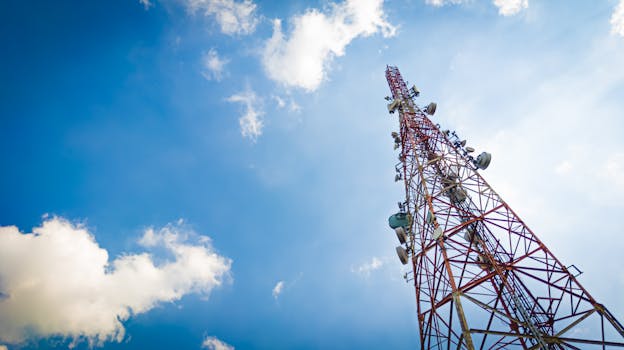
The Future of Satellites: A New Era of Space Exploration and Connectivity
The future of satellites is a promising one, with advancements in technology and increasing demand for global connectivity, the future of satellites is looking bright. The focus keyword, Future of satellites, is an exciting topic that has gained significant attention in recent years. With the rapid growth of the satellite industry, it’s essential to explore the latest developments and trends that are shaping the future of space exploration and connectivity.
The satellite industry has undergone significant transformations over the years, from the launch of the first artificial satellite, Sputnik, in 1957 to the current era of satellite constellations and reusable rockets. Today, satellites play a critical role in various aspects of our lives, including communication, navigation, weather forecasting, and Earth observation. As technology continues to evolve, we can expect even more innovative applications of satellites in the future.
Advancements in Satellite Technology
One of the significant advancements in satellite technology is the development of smaller, more efficient, and cost-effective satellites. The introduction of cube satellites and small satellites has democratized access to space, enabling more countries, companies, and even individuals to launch their own satellites. These smaller satellites are equipped with advanced technologies such as artificial intelligence, Internet of Things (IoT), and 5G connectivity, which are transforming the way we collect and analyze data from space.
Another significant development is the use of reusable rockets, which has significantly reduced the cost of launching satellites into space. Companies like SpaceX and Blue Origin are leading the charge in reusable rocket technology, making it possible to launch satellites at a fraction of the cost of traditional rockets. This has opened up new opportunities for satellite operators and has enabled the launch of more satellites than ever before.
Increasing Demand for Global Connectivity
The demand for global connectivity is on the rise, driven by the growing need for high-speed internet and mobile connectivity. Satellites are playing a critical role in bridging the digital divide, providing connectivity to remote and underserved communities around the world. The launch of satellite constellations such as Starlink and OneWeb is expected to provide global broadband coverage, enabling people to access the internet from even the most remote locations.
Satellites are also being used to provide emergency communication services during natural disasters and other crises. The use of satellites for disaster response and recovery is becoming increasingly important, as they can provide critical communication services when traditional infrastructure is damaged or destroyed. This has significant implications for public safety and emergency response, enabling first responders to access critical information and communicate with each other in real-time.
Challenges and Opportunities
While the future of satellites is promising, there are also significant challenges that need to be addressed. One of the major concerns is space debris, which poses a significant threat to the safety of satellites and other spacecraft. The increasing number of satellites in orbit is also raising concerns about congestion and interference, which can impact the performance of satellite communications.
Despite these challenges, the opportunities presented by satellites are significant. The use of satellites for Earth observation and climate monitoring is critical for understanding our planet and addressing the challenges of climate change. Satellites are also being used to track and monitor natural resources, such as deforestation and ocean pollution, enabling us to make more informed decisions about our planet.